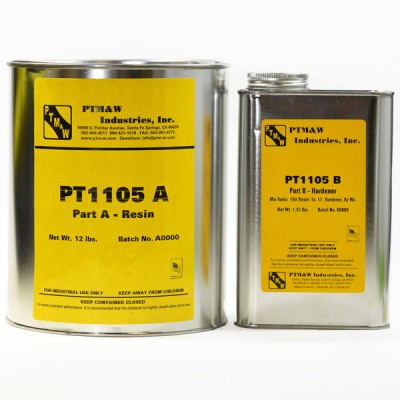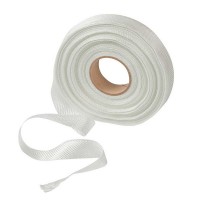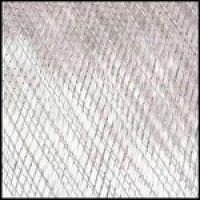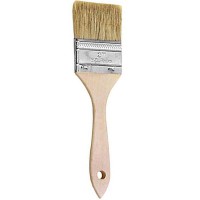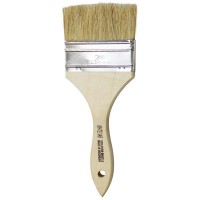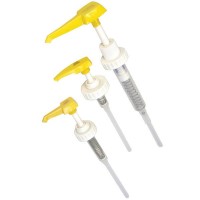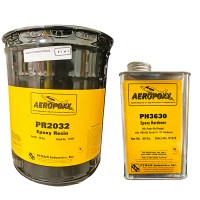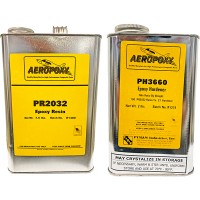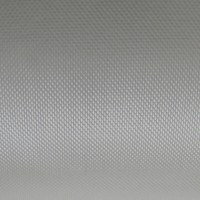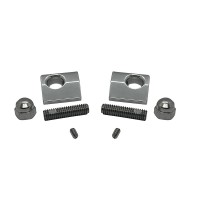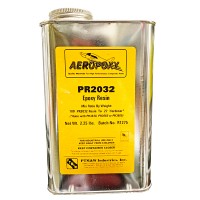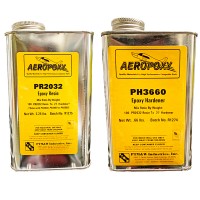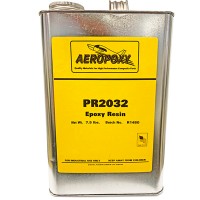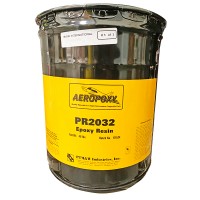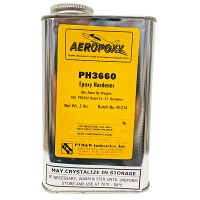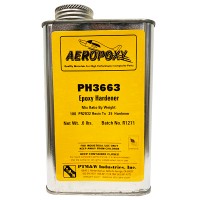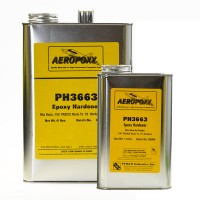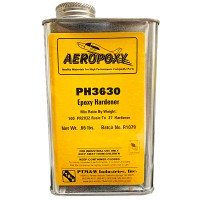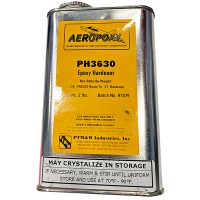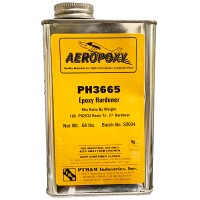Aircraft Spruce Canada
Brantford, ON Canada
Corona, CA | Peachtree City, GA
Chicago, IL | Wasilla, AK
Epoxy Surface Coat PT1105 A/B Gallon Kit
MFR Model# PT1105 A/B GAL KIT
- JUMP TO
- Overview
- Documents
- Reviews
- Q&A
- View in Catalog
Overview
|
PT1105 is a white, general purpose room temperature epoxy surface coat resin. The creamy,smooth consistency of the mixed material allows easy application to the model surface with minimum drag. The thixotropic properties of PT1105 permits good coverage on points and sharp cor ners, and application to vertical surfaces without sagging. Due to the non-galling nature of PT1105, it will give good service in a variety of metal forming applications. When used with Part B hardener, the PT1105 system will cure quickly, and can be sanded or filed in 10 to 12 hours. The cured material is tough, with good chip resistance on edges and sharp details. PT1105 works very well in the fabrication of plastic faced plaster patterns when used with PT1105 B1 hardener. Handling and Curing The mixed viscosity of PT1105 with both Part B hardeners is smooth and creamy. This allows it to be applied easily in a uniform layer over the model. With room temperature surface coats, the normal procedure is to apply two surface coats, allowing the first to firm up before applying the second coat. When constructing laminated tools, the two coats will allow the completed tool to be sanded or filed without breaking into the laminate and exposing fibers on the face of the tool. With plastic faced plaster fabrication, the first surface coat is allowed to firm up (soft, but not sticky), then the second coat is applied, followed immediately with the wet plaster reinforcement applied to the wet epoxy for good bonds between the epoxy and plaster. The surface coat will be cured sufficient for handling when the laminate or plaster is cured. |
Documents
- Tech Data Sheet (PDF)
Q&A
Please note, Aircraft Spruce Canada's personnel are not certified aircraft mechanics and can only provide general support and ideas, which should not be relied upon or implemented in lieu of consulting an A&P or other qualified technician. Aircraft Spruce Canada assumes no responsibility or liability for any issue or problem which may arise from any repair, modification or other work done from this knowledge base. Any product eligibility information provided here is based on general application guides and we recommend always referring to your specific aircraft parts manual, the parts manufacturer or consulting with a qualified mechanic.
It is an epoxy base material, which is used as the surface of the mold being laid up, same idea as a polyester gel coat, this is thick and has to be brushed or squeegeed on the plug. It can not be sprayed like a gel coat. The following lay-ups would be with an epoxy resin, not a polyester resin.

 Aircraft Spruce Canada
Aircraft Spruce Canada
